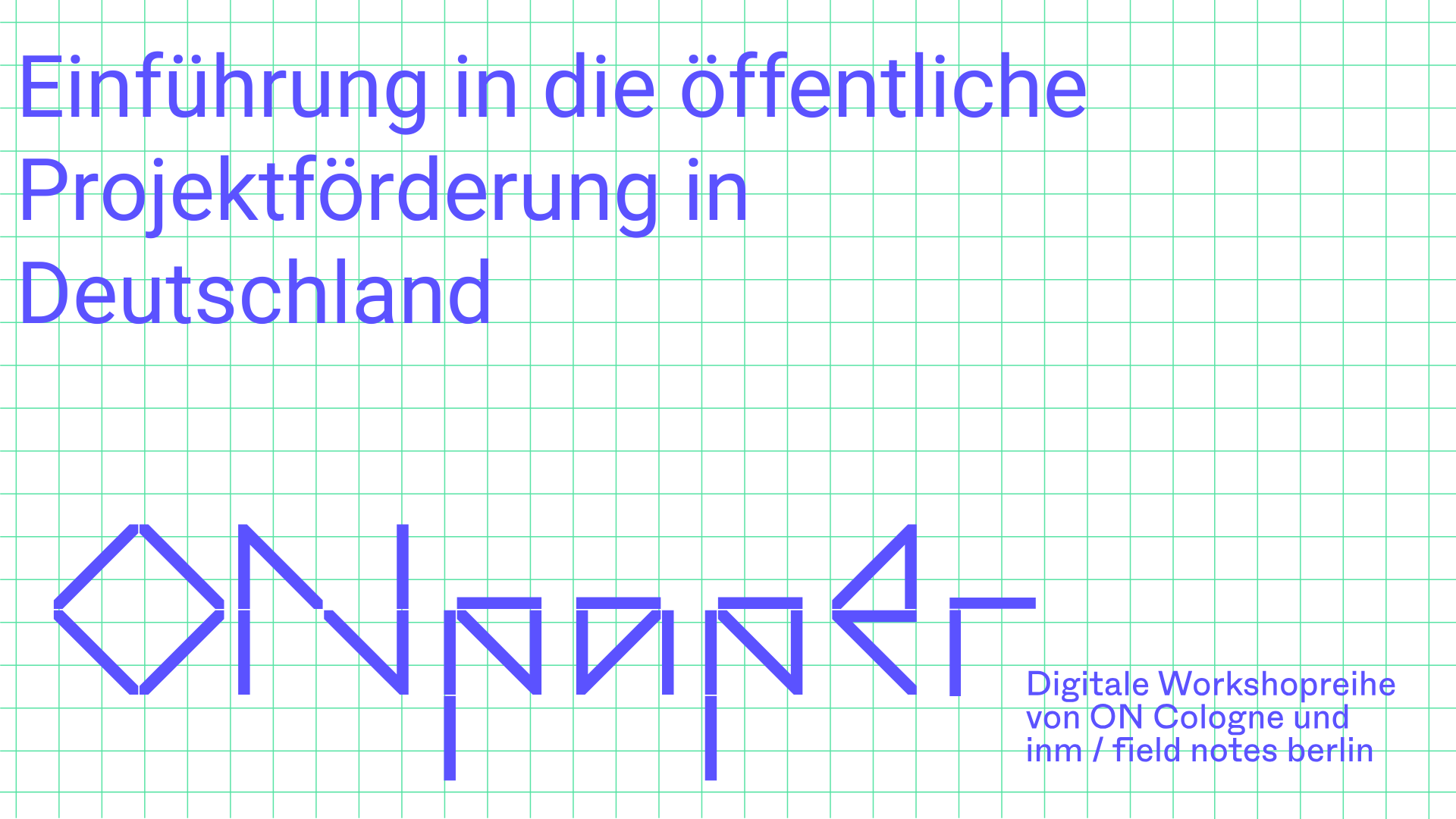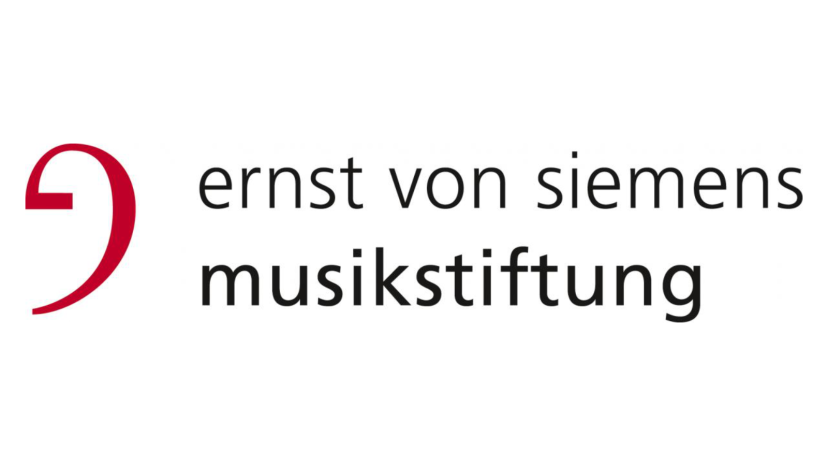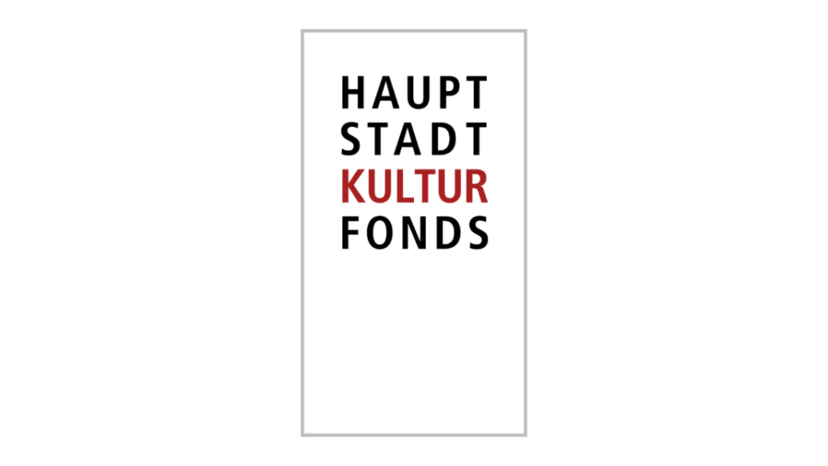Public Cultural Funding in Germany
Public cultural funding provides financial support for non-profit, non-commercial, artistic and/or cultural projects. The autonomy of artistic work is considered a valuable asset in Germany, the legal basis for which is Article 5 of the Basic Law: »Art and science, research and education are free.« The principle of artistic freedom is intended to protect art and culture from state interference and ensure their independence from the free market.
These are the different focal points of cultural funding:
- Maintenance of public institutions
that primarily serve to promote culture (e.g. theatres, museums, libraries),
- indirect cultural funding
by creating favourable legal and social conditions (e.g. in tax, social and media law, through reduced admission prices, etc.),
- direct economic aid in the cultural and media sector
(especially in the production and distribution of films, through printing cost subsidies, for the establishment of cultural businesses, through rent aid)
- promotion of »free« cultural activities
(e.g. through awards and scholarships for artists and writers, support for private theatres or assistance for amateur associations, art associations, etc.).
Culture and State Sovereignty
Unlike in many other countries, funding for art and culture in Germany is primarily a matter for the states and local authorities (»cultural sovereignty of the federal states«). This means that German federalism is also reflected in cultural funding, which is intended to contribute to a broad artistic and cultural infrastructure in all regions across Germany. Public cultural funding is one of the few policy areas that can be organised by the respective levels of local, state and federal government with a high degree of sovereignty, according to their own objectives.
The cultural sovereignty of the federal states is laid down in Article 30 of the Basic Law: »Except as otherwise provided or permitted by this Basic Law, the exercise of state powers and the discharge of state functions is a matter for the states.« Article 28, paragraph 2 of the Basic Law also states: »Municipalities must be guaranteed the right to regulate all local affairs on their own responsibility within the limits prescribed by the laws.«
The responsibility for funding culture is enshrined in the states' constitutions. In Berlin, for example, Article 20 states: »The state shall protect and promote cultural life.« From a legal perspective, however, this does not imply an obligation to fund culture. Due to this lack of specificity, this is merely a voluntary undertaking. In North Rhine-Westphalia there is already a cultural funding law, and in Berlin, the Landesmusikrat (»State Music Council«) association is currently campaigning for one (information on the campaign, in German).
Federal Cultural Funding
Federal cultural funding is focussed on projects with a national or international scope. With around 2.3 billion euros, the federal government covers 17 percent of the total expenditure on art and culture. Instead of a Ministry of Culture at the federal level, Germany has a Commissioner for Culture and the Media with a wide range of responsibilities:
- To continuously develop and improve the legal framework for the cultural and media sectors through federal legislation,
- to promote cultural institutions and projects of national importance
- to ensure the cultural representation of the state as a whole in the federal capital of Berlin,
- to represent Germany's cultural and media policy interests in various international committees,
- to promote nationally significant memorial sites dedicated to the victims of Nazi terrorism,
- to commemorate injustice in the former GDR in co-operation with memorial sites and institutions.



